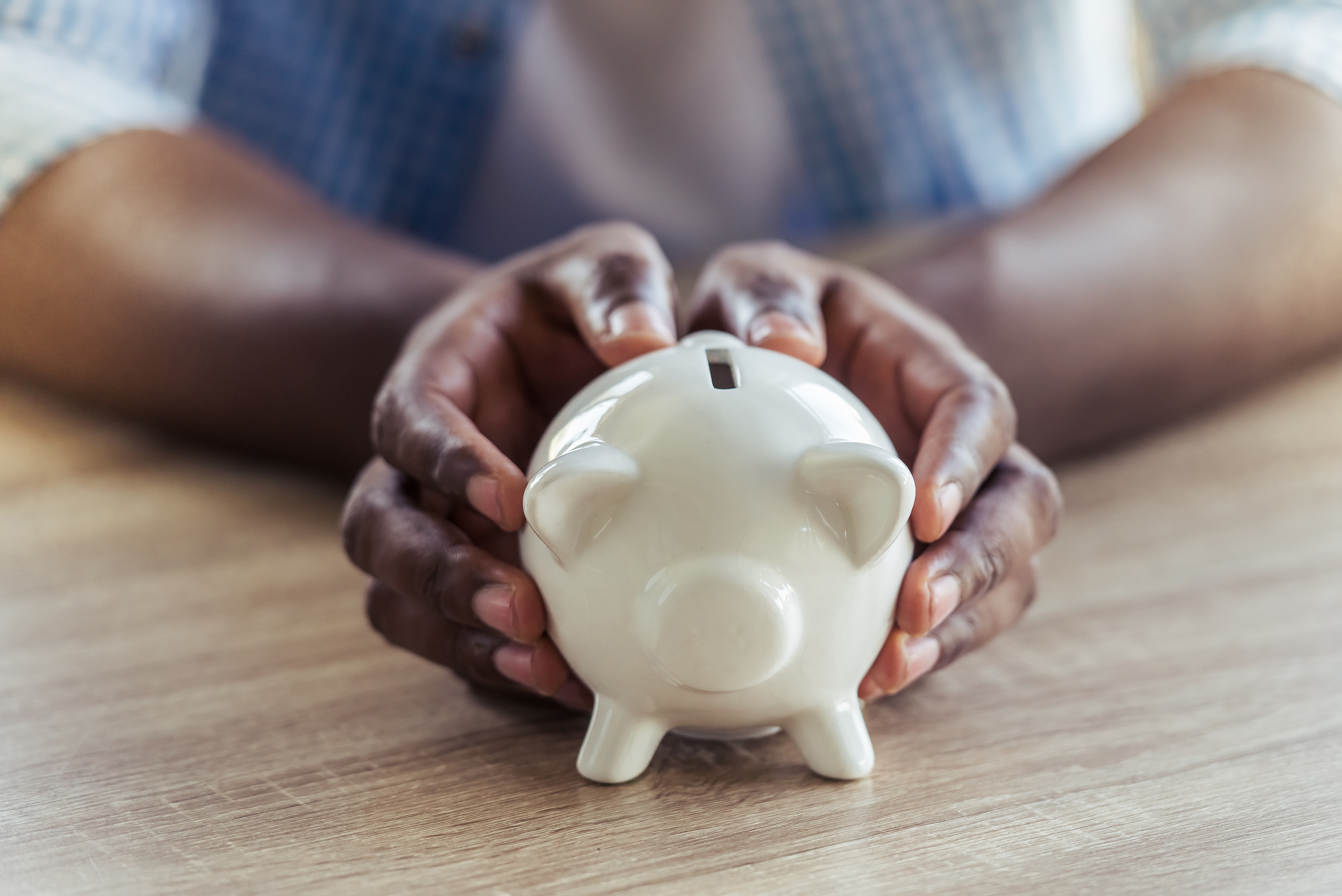The median household wealth of Black families exploded in recent years, however, Black people are still poor relative to the rest of America.
According to the Federal Reserve’s Survey of Consumer Finances, the median wealth of Black families jumped 60% between 2019 and 2022, far outpacing any other racial group. While that number seems impressive, Black families remain far more financially disadvantaged than any other group.

As the survey notes, the country’s wealth growth came from the increase in home prices and stocks, two sectors in which Black people badly lag, and helps explain why the wealth gap remains so vast.
America’s median home price now exceeds $400,000, a sum so high that the number of Black renters who could qualify for a home dropped by 52% in 2022, according to the Joint Center of Housing Studies at Harvard University. About one-third of Black households own equities, well below the 61% of white households whose portfolio is more than three times greater.
“Homeownership is a critical piece of wealth building,” Michael Neal, an equity scholar and principal research associate for the Urban Institute, told theGrio. “There’s been a raft of evidence of systemic racial discrimination that has kept households of color from equitably being able to achieve homeownership, but also to benefit and sustain homeownership,” he said.
The Federal Reserve’s survey draws a direct line between growth and the ownership of homes and stocks. Moreover, a deeper look at the numbers shows how dire the economics of Black families remain.
Although the growth of Black families’ median household wealth outpaced that of white (31%) and Hispanic (47%) households, Black families still had the lowest median net worth of any group, at $45,000. Hispanic ($62,000) families hold about 32% more wealth on a median basis, and white families a whopping six times more ($285,000).
Wealth among all groups grew 37% between 2019 and 2022, the largest increase in three decades, the Fed’s survey said.
Most Americans build generational wealth via their home’s appreciation. But Black families have the lowest homeownership rate of any group, at 44%, according to the National Association of Realtors. The group reported that the Black-white homeownership gap was the largest in a decade.

“We have consistently found that the denial rate for mortgages is higher for Black applicants when they go to apply for a mortgage, and they have a harder time saving for a down payment,” Jessica Lautz, deputy chief economist and vice president of research for NAR, told theGrio.
Lautz said half of all Black homebuyers are first-time buyers, which means they don’t have equity from a previous home to help with the purchase. They’re also less likely to have friends and families to help with a down payment because most Black families don’t have thousands of excess dollars available.
More than 6 in 10 Black families have savings of less than $6,275. That’s enough for a family of four to live at the poverty level for three months.
In addition to the financial issues, Black families still suffer from the barriers and discrimination that make purchasing a home more difficult. Black applicants have the highest mortgage rejection rate (1 in 5), according to the NAR. Even homeowners faced hurdles, as 17% were denied refinancing and 51% were denied for home improvements.
Refinancing often provides a cash bridge for unexpected or expensive purchases and can carry a lower interest rate than a credit card. Home improvements boost the home’s value which can lead to a higher sales price and additional wealth.
A coalition of groups that includes the NAR has created The Black Homeownership Collaborative, which seeks to help a net of 3 million Black homebuyers by 2030. The group plans to offer services that include down payment assistance, credit and lending services and homeowner sustainability resources.
Neal said that the housing gap isn’t linear, and it’s complicated.
“If we think homeownership is critical to closing the wealth gap, it’s not just enough to get them into the homes, we also have to ensure that they benefit to the same degree as well.” In addition to programs and policies to help Black people enter the home-buying market, there should also be efforts to help with renovations so families can stay in their homes and build value, he said.
TheGrio is FREE on your TV via Apple TV, Amazon Fire, Roku and Android TV. Also, please download theGrio mobile apps today!

